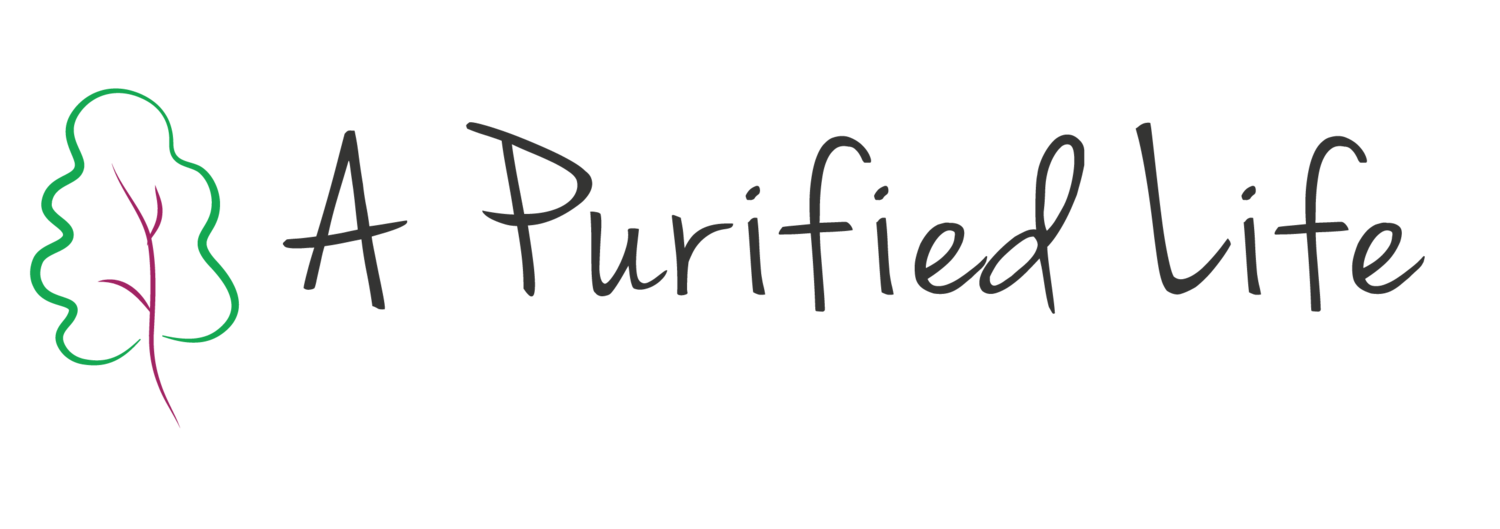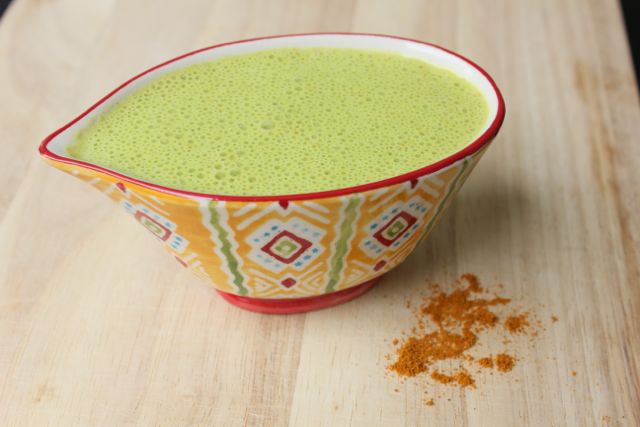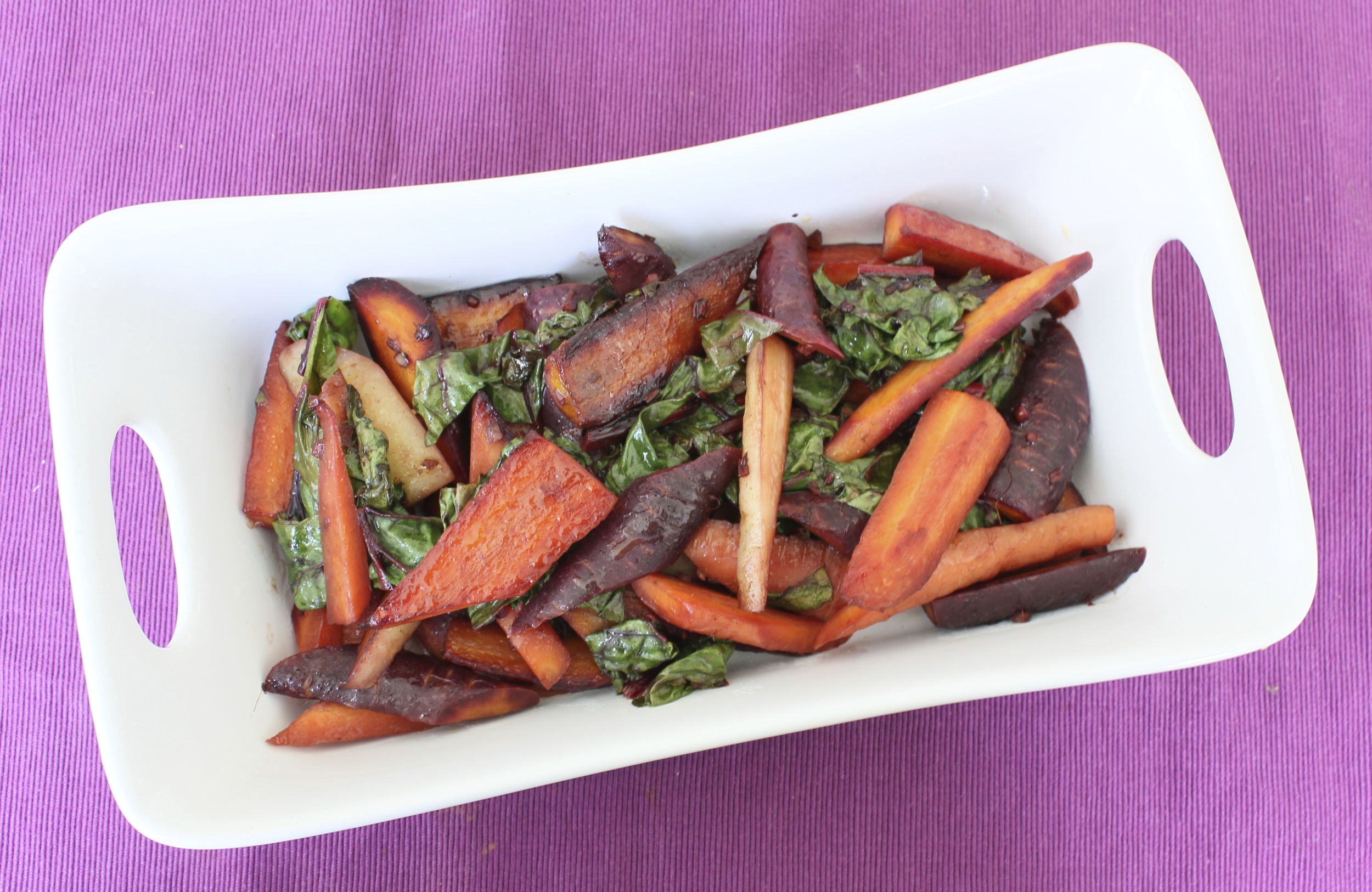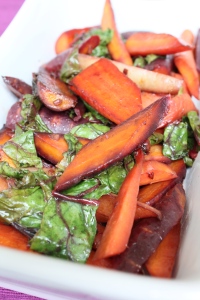Do you often get bloated and gassy when you eat beans? Legumes can actually provide great health benefits, but only if you're digesting them properly. If our digestive tract is inflamed (gas/bloating), it does not absorb any nutrients.
Here's the trick to reducing digestive discomforts with beans:
- Before you cook them, soak them overnight in a bowl of filtered water.
- Rinse after soaking and cook in clean water with a piece of Kombu (seaweed). The Kombu also provides a natural saltiness without needing to add salt to the beans.
Garbanzo beans are high in fiber and can be great for digestive support (when previously soaked). They also support cardiovascular health and keep blood sugar regulated because of their fiber and protein content.
This salad is perfect for a warm summer day. It's refreshing and easy to make. The only thing that needs to be cooked are the garbanzo beans.
I know you will enjoy this one.
1 1/2 cups cooked garbanzo beans (soaked for at least 8 hours before cooking)
1 1/2 cup chopped vegetables of choice (radish, summer squash, zucchini, celery, cucumber, bell pepper, carrot)
1/2 avocado
1/2 teaspoon dijon mustard
1 teaspoon raw unfiltered apple cider vinegar
Juice of 1 lime
Pinch of celtic sea salt
2 Tablespoons chopped fresh parsley (Or any herb - parsley, dill, cilantro, basil, mint)
Pinch of cayenne pepper
Pinch of smoked paprika
Procedure
- Coarsely mash garbanzo beans in a medium-sized bowl with potato masher or back of a fork (mashed garbanzo beans pictured above). Add chopped vegetables.
- In a separate bowl, mash avocado with dijon mustard, apple cider vinegar, lime juice, and sea salt.
- Add avocado to garbanzo and vegetable mix and combine to coat well.
- Add herbs and spices and mix once more. Taste and adjust seasoning.
Serves 2-3
I made delicious wraps with this garbanzo bean salad. I used collard greens for the wraps, but any leafy green will work. Sprinkle with some lemon juice, top with sauerkraut or homemade salsa, and you've got yourself an amazing and nourishing meal.












